Dingyun Zhang Is All Puffed Up
From working for YEEZY to collaborations with Moncler Genius, the Shanghai-based designer is redefining technical fashion with utility, artistry, and oversized ambition.

In 2016, Dingyun Zhang, then a 21-year-old student at Central Saint Martins, was flown from London to Calabasas for a meeting that would define the next chapter of his life. That meeting was with the artist Kanye West, now known as Ye. “It was like going to Donda University,” Zhang recalls. “Ye surrounded himself with creators from every field: musicians, architects, athletes. It was intense, but the knowledge and insight were invaluable.” At YEEZY, Zhang worked on projects like the YEEZY 700 Wave Runner series, mastering the art of balancing functionality and form through constant iteration. What began with sneakers eventually springboarded into other sectors of the brand.
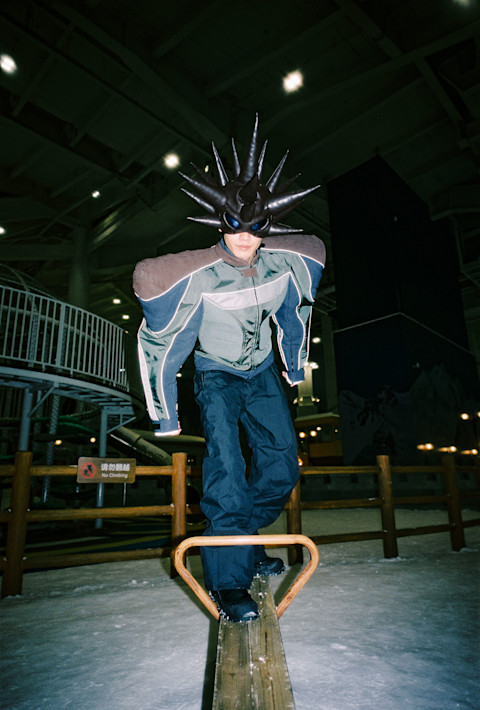



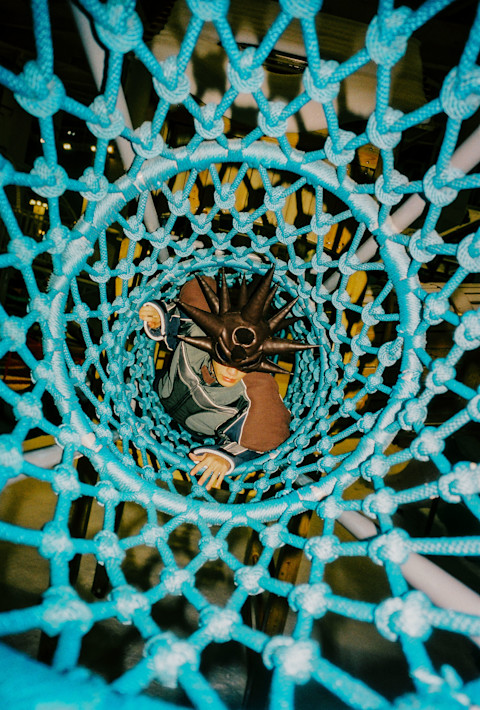
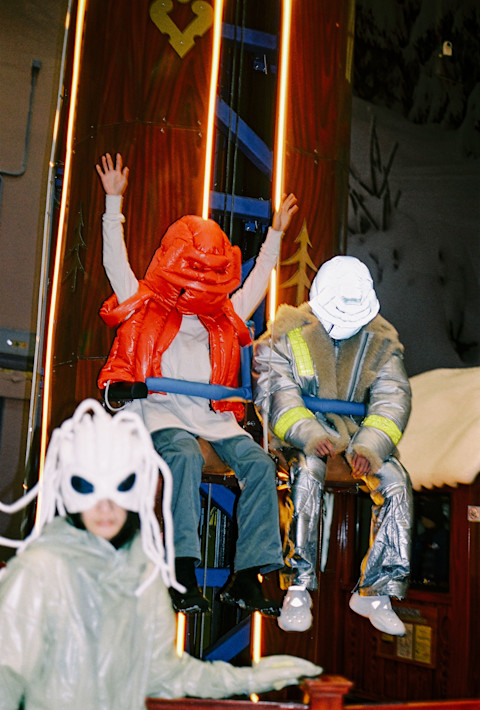
Since then, Zhang’s trajectory has been a study in bridging creativity with technical precision. Growing up in China, he was shaped by a mix of tradition and digital exposure during a time before VPNs became a necessity. “It was when the influx of internet resources contributed to endless inspirations,” Zhang explains. “But local surroundings also influenced me—traditional Chinese art and museum visits gave me perspective.”Zhang’s childhood was marked by an early love for toys, particularly the garments and accessories of action figures, which he would collect and even create. “I used to make small versions of clothes for GI Joe and Spider-Man figures,” he recalls. “It taught me how to think about building garments from scratch.” This hands-on curiosity naturally evolved into a broader artistic interest as he began sketching and experimenting with design.His fascination with sneakers, particularly Kobe Bryant’s models, became his gateway into design. “Bryant was every kid’s idol in China,” Zhang says, remembering how he spent hours sketching sneakers. Another pivotal moment came with the 2011 tour by Jay-Z and Ye. “The visuals, the merch, the rollout—it was insane. It made me think: How do you turn music into wearable garments? How do you extend it into a live experience?”After graduating from high school, Zhang moved to the UK to study. He began at a fine arts college in Somerset before transitioning to fashion design at Central Saint Martins. “I was distracted as a kid and needed a new environment to focus,” he reflects. London’s subcultures and artistic chaos proved transformative. “It’s a wild place. If you have an endless appetite for inspiration, it’ll feed you endlessly.” His time at CSM helped him refine his vision, blending his fine arts background with the functionality and craftsmanship required for fashion. “I think of my clothes as wearable architecture,” Zhang says. “Everything is considered—from materials to movement.”



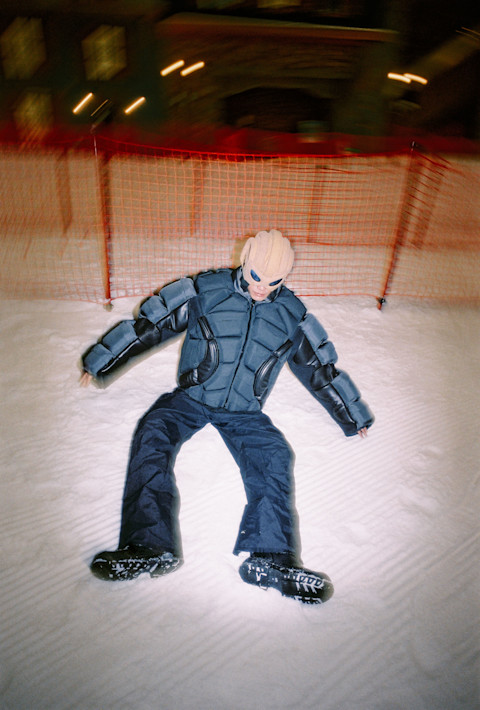
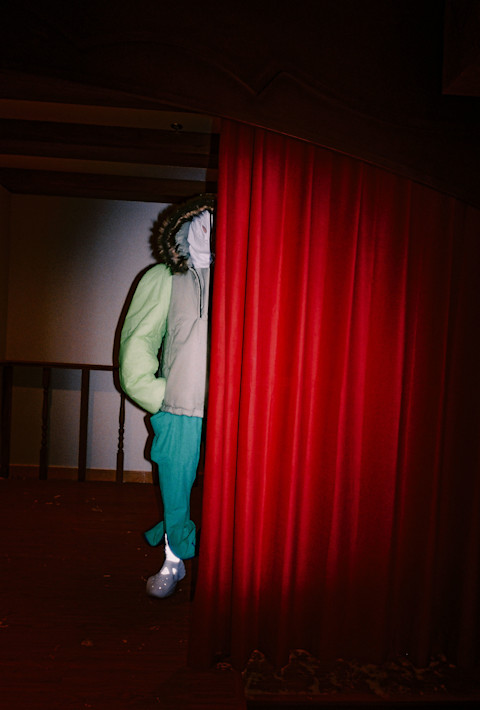
Beyond fashion, Zhang’s vision blends artistic influences—including Henry Moore, David Hockney, Georgia O’Keeffe, Jeff Koons, anime, and rap—with raw practicality. His graduate collection, which received high praise from industry insiders, was inspired by Jackie Nickerson’s portraits of farm workers, emphasizing the dignity and functionality of their labor. “It’s about taking something functional and transforming it into something resonant,” he says. This ethos, rooted in a fascination with utilitarian design, extends across his work, from reinterpreted firefighter jackets to Inuit pullovers. “How do you take something utilitarian and make it timeless?” Zhang says.After graduating in 2020, Zhang launched his studio in Shanghai and began shaping his vision into a distinct brand. His ability to merge diverse references with innovative execution quickly attracted major brands, leading to collaborations with Moncler Genius, Marni, and adidas, among others. In short, he blew up. For Zhang, collaboration is about maintaining integrity while finding common ground. “I would rather focus on creating a strong base and identity first,” he says, “so that when brands want to collaborate, they come into your world rather than you having to service their brief. We’re fortunate to collaborate with some strong brands, and even with negotiation here and there, we’re able to execute most of our ideas without much compromising.”Eco-consciousness is a cornerstone of Zhang’s work, though he approaches it pragmatically. “We’re constantly adapting,” he says. “From using alternate fabrics to imitate leather to experimenting with biodegradable foam shoes, it’s an ongoing process. There’s still so much to learn, but we’re committed to applying that knowledge.” He credits his ethos to his dual upbringing in China and the UK: “China taught me hard work and attention to detail, while the UK encouraged me to push boundaries. It’s East meets West—heritage and innovation coming together.”Zhang’s vision for the future stretches far beyond clothing. “I’d like to explore other avenues—furniture, architecture, even gardening,” he says. “Design can cross into so many areas. What can fashion teach you about other forms of creativity? The possibilities are endless.”For emerging designers, Zhang’s advice is pragmatic. “Work for a big brand, then a small one. Learn their systems, how they operate. It’ll give you the reference points you need when building your own thing.” As he reminisces on his experiences with brands like YEEZY, he adds a guiding philosophy: “There’s an ongoing cycle of learning, unlearning, and relearning. Things will always change and move forward, and you have to be fluid. Like Bruce Lee said, ‘Be like water.’”
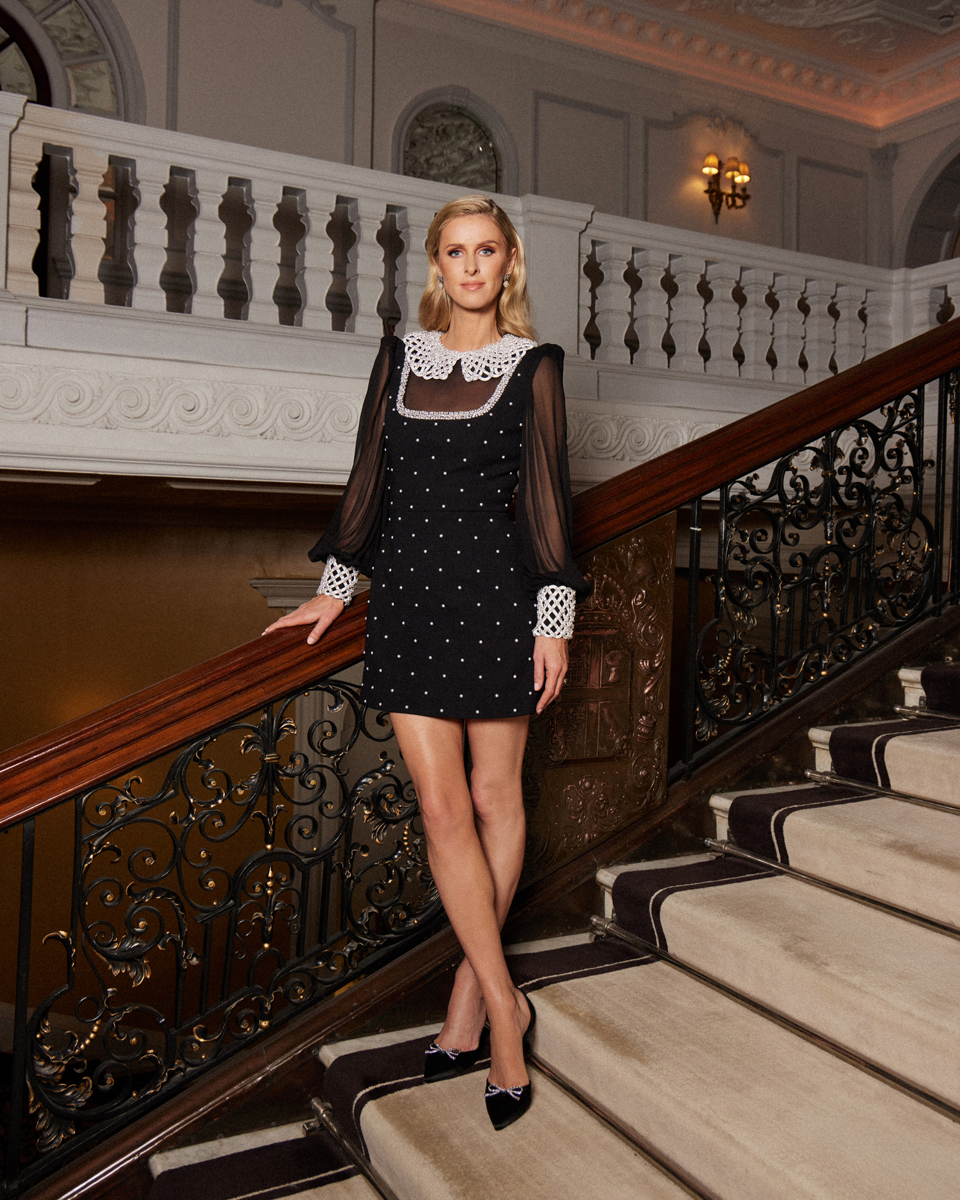 Time to Shine With countless galas, dinners and red carpets under her belt, Nicky Rothschild knows her way around event dressing. Her new collaboration with Australian designer Rebecca Vallance was therefore a nearly foregone conclusion once the two women met. The 31-piece capsule centers on holiday – their favorite time of year to dress up. Indeed, there is nary a piece without a sequin or crystal. We caught up with Nicky recently to chat about her inspirations and which dress she’ll be wearing this New Year’s Eve.
Time to Shine With countless galas, dinners and red carpets under her belt, Nicky Rothschild knows her way around event dressing. Her new collaboration with Australian designer Rebecca Vallance was therefore a nearly foregone conclusion once the two women met. The 31-piece capsule centers on holiday – their favorite time of year to dress up. Indeed, there is nary a piece without a sequin or crystal. We caught up with Nicky recently to chat about her inspirations and which dress she’ll be wearing this New Year’s Eve. 
